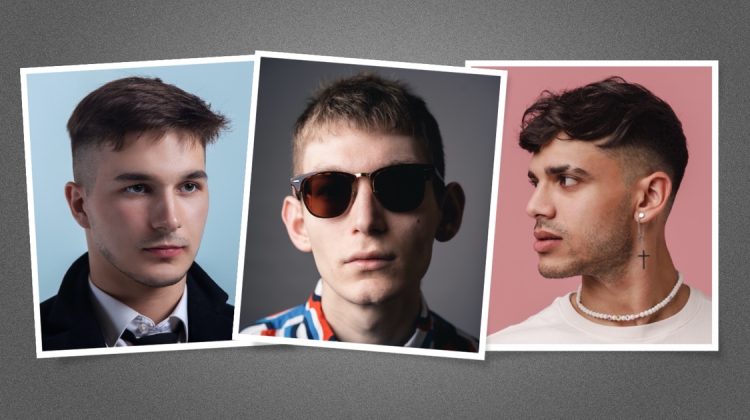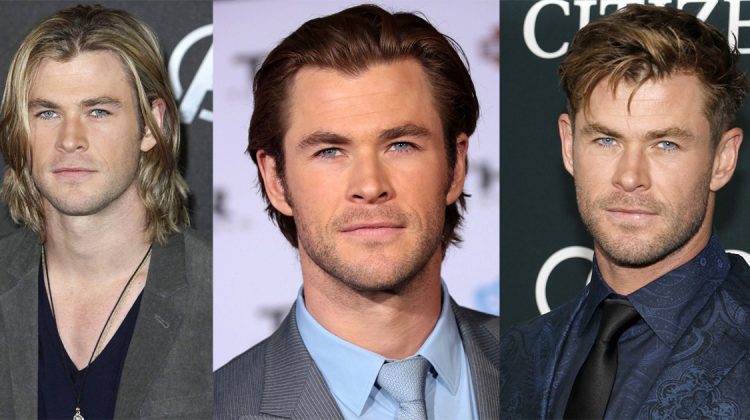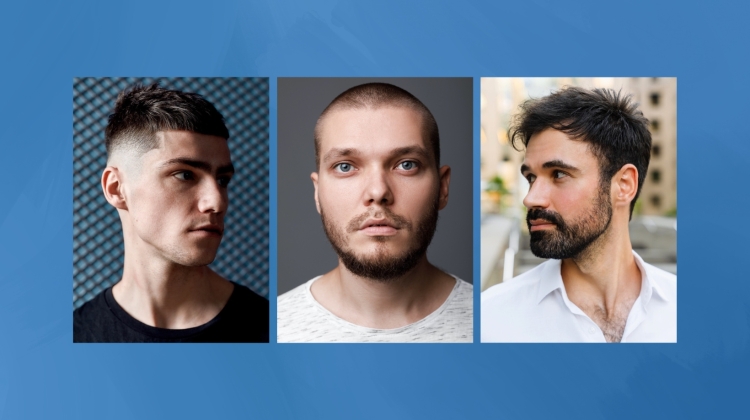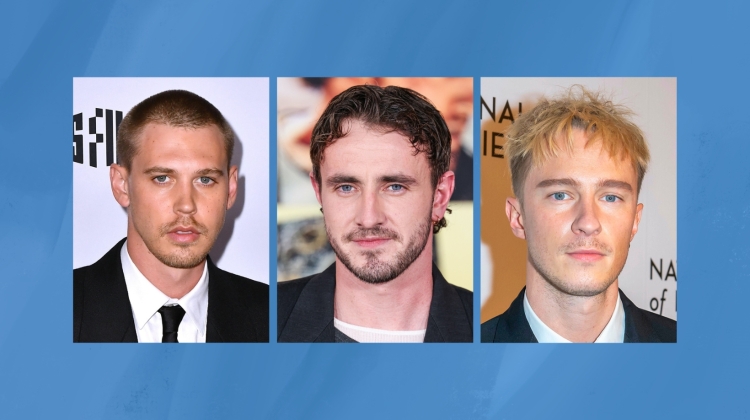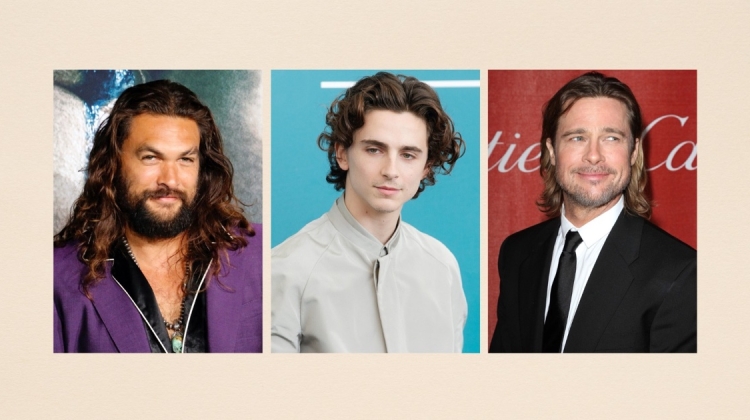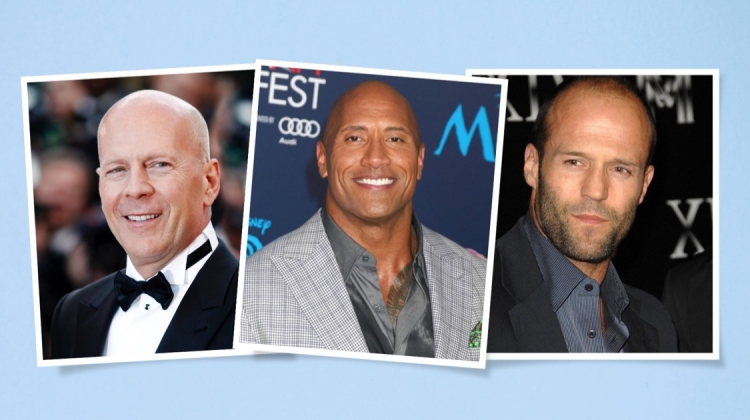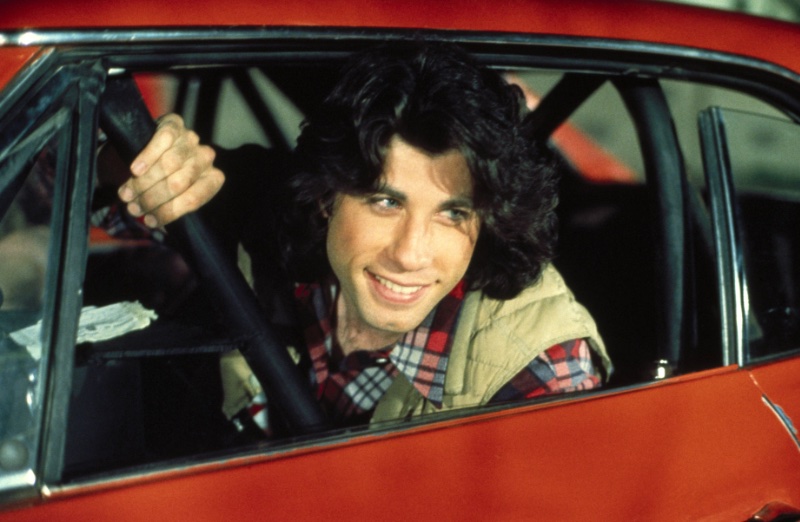
The 1970s marked a significant era in men’s hairstyles, characterized by a radical departure from the conservatism of previous times. Infused with a rebellious and free-spirited ethos, this decade witnessed bold and audacious hairstyles that resonated with the era’s fashion statements and cultural shifts.
Influences from pop culture and the counterculture movement shaped these iconic trends, giving life to styles that continue to endure. The legacy of this fascinating period in men’s grooming underscores the timeless appeal of individuality and self-expression in personal style.
Setting the Stage: the 1970s Fashion Scene
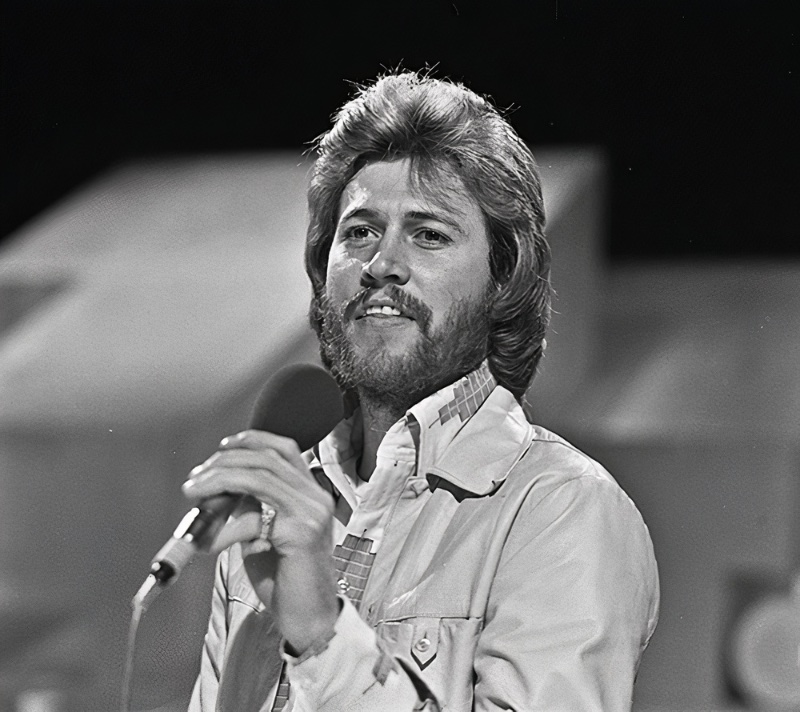
The 1970s were a time of revolutionary change in men’s fashion, an era uniquely shaped by the historical context of the preceding decades. Emerging from the 1960s civil rights movement, Vietnam War protests, and a growing cultural revolution, this decade allowed men to embrace longer, freer, and more experimental hairstyles.
The conservative styles of the 1960s were left behind, replaced by looks that symbolized rebellion, individualism, and a desire for self-expression. The influence of music icons like David Bowie and the growing popularity of disco further fueled these trends.
These societal and cultural shifts significantly shaped men’s grooming during the 1970s, leaving a lasting legacy that continues to resonate in contemporary fashion.
70s Men’s Haircuts
The 1970s ushered in an era of innovative and expressive men’s hairstyles, each capturing the cultural shifts and rebellious spirit of the decade:
The Shag: Unstructured & Effortless
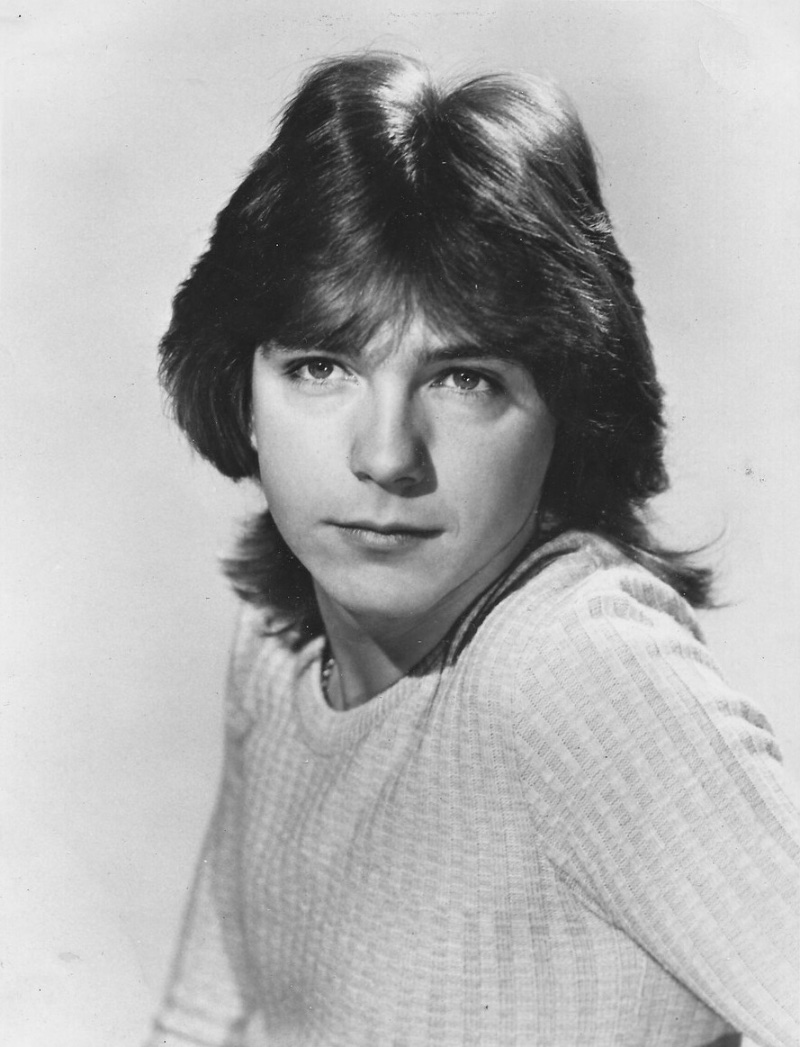
During the 1970s, the shag hairstyle for men came to symbolize a break from conventional grooming and an embrace of self-expression. Actors and musicians alike adopted this layered and textured look, creating an enduring impact on men’s fashion.
David Cassidy, known for his boyish charm and role in The Partridge Family, sported the shag, influencing a generation of young men to adopt this more relaxed and unstructured style. Roger Daltrey of The Who also wore the shag, embodying the era’s free-spirited vibe and alignment with rock-and-roll culture.
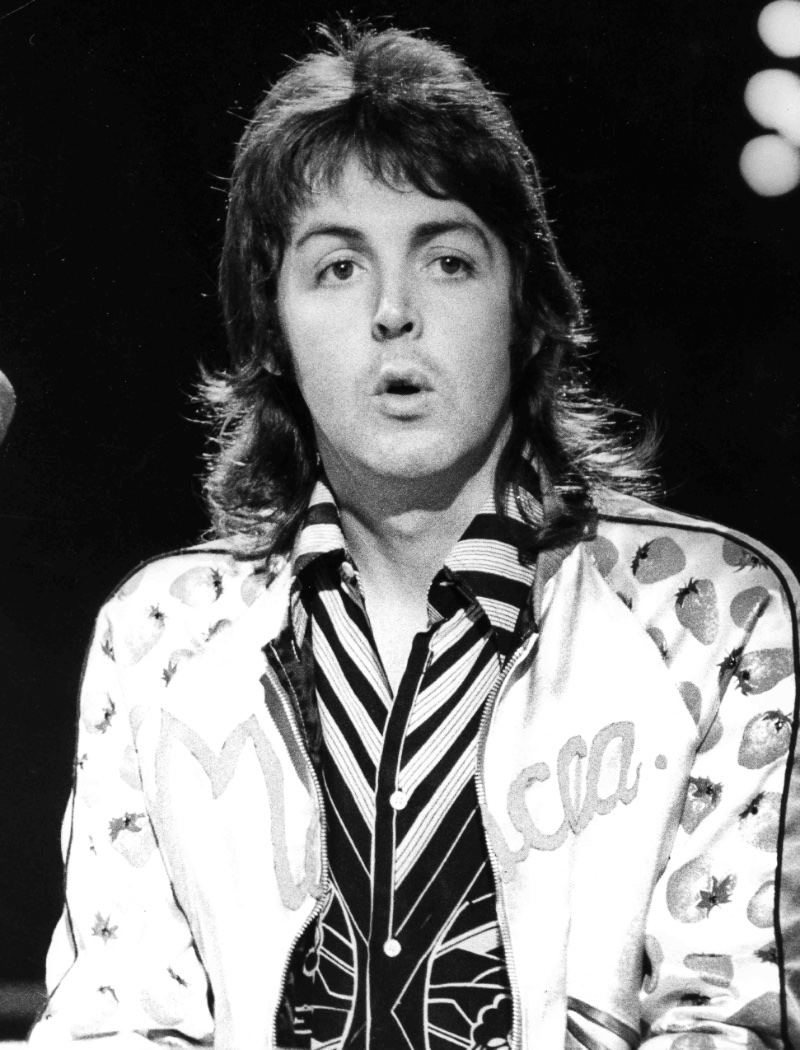
Paul McCartney’s adoption of the shag during his post-Beatles years further solidified the hairstyle’s place in the 1970s. The look was casual and bohemian, reflecting the broader cultural shift towards individuality and creativity.
Whether seen on a pop idol, a rock legend, or an influential musician, the shag became a versatile and expressive hairstyle. It resonated with the bold experimentation of the 1970s, making it more than just a fashion trend but a reflection of an era marked by innovation and a departure from tradition.
The Rise of Long Hair
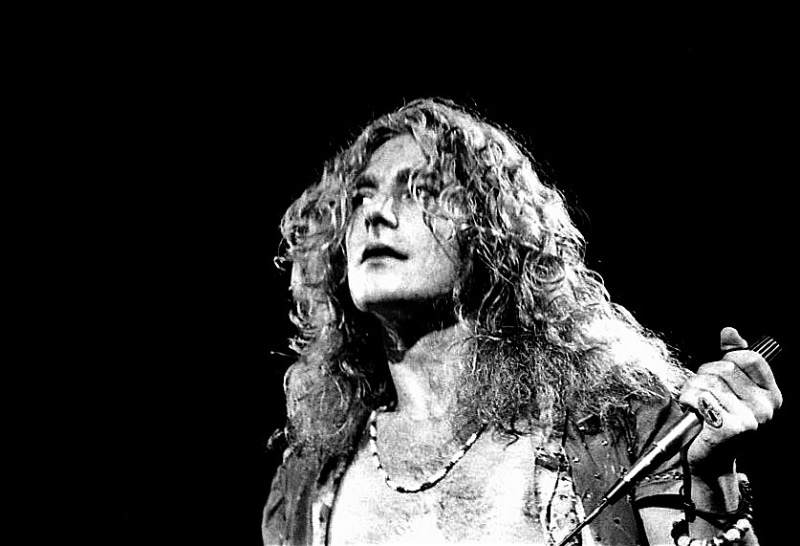
In the early part of the decade, men’s fashion reflected conservative values, with short and neatly groomed hairstyles prevailing. As the years progressed, however, a gradual shift began to take shape, leading to the acceptance and popularity of longer hairstyles. This was more than an aesthetic change; it became a symbol of rebellion against societal norms and a statement of individuality and freedom.
Among the icons of the 1970s, figures such as Robert Plant, Mick Jagger, Bjorn Borg, Rex Smith, and Leif Garrett championed long hair. Their influence helped popularize this style, setting a new precedent for men’s grooming during this era. Sporting long hair was a tangible expression of challenging the conventional boundaries of appearance.
Rather than just a passing trend, long hair in the 1970s evolved into a significant cultural phenomenon. It marked a time of exploration and self-discovery, symbolizing a break from tradition. The acceptance of long hairstyles on men mirrored the dynamic transformations and shifting attitudes of that tumultuous decade, reflecting a society in flux.
The Afro: A Celebration of Natural Texture
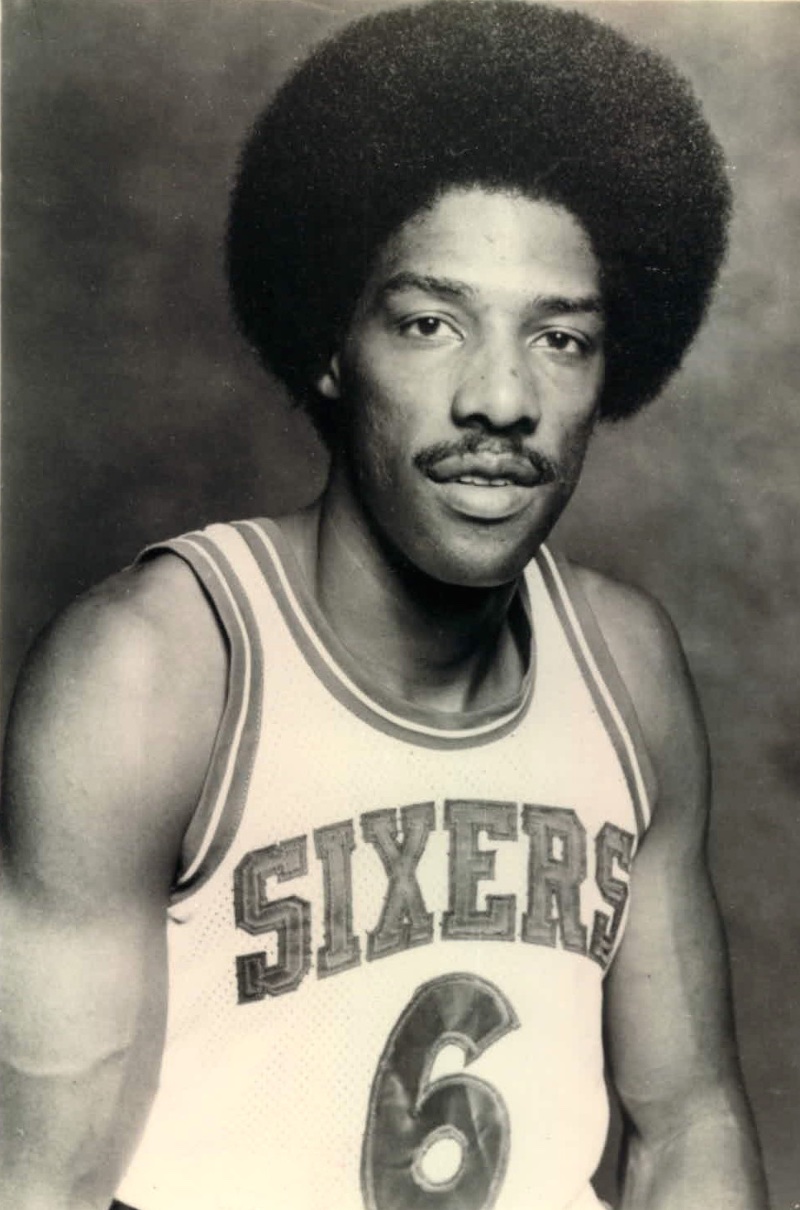
During the 1970s, the afro emerged as a powerful symbol, reflecting a sense of racial pride, cultural identity, and self-acceptance. Julius Erving, known as “Dr. J,” was among the prominent figures who embraced the afro. His hairstyle, prominent in basketball, went beyond mere fashion and became a visual representation of empowerment and a connection to African heritage.
In the music sphere, Billy Preston sometimes referred to as the “Fifth Beatle,” sported an afro, aligning himself with the era’s movement towards celebrating identity and rejecting traditional Western beauty standards. His afro was not simply a style choice but a statement that resonated with a broader cultural awakening and self-realization.
The afro’s significance in the 1970s was deeply intertwined with a consciousness movement. It wasn’t just a hairstyle but a political statement, a visible assertion of pride, and a rejection of societal norms that had long suppressed culture and identity.
Whether seen on athletes like Erving or musicians like Preston, the afro captured the essence of a decade marked by transformation, self-love, and a profound reconnection with heritage. It became an iconic symbol of a community asserting its place and value within American culture.
The Feathered Look: A Style that Bridged Gaps
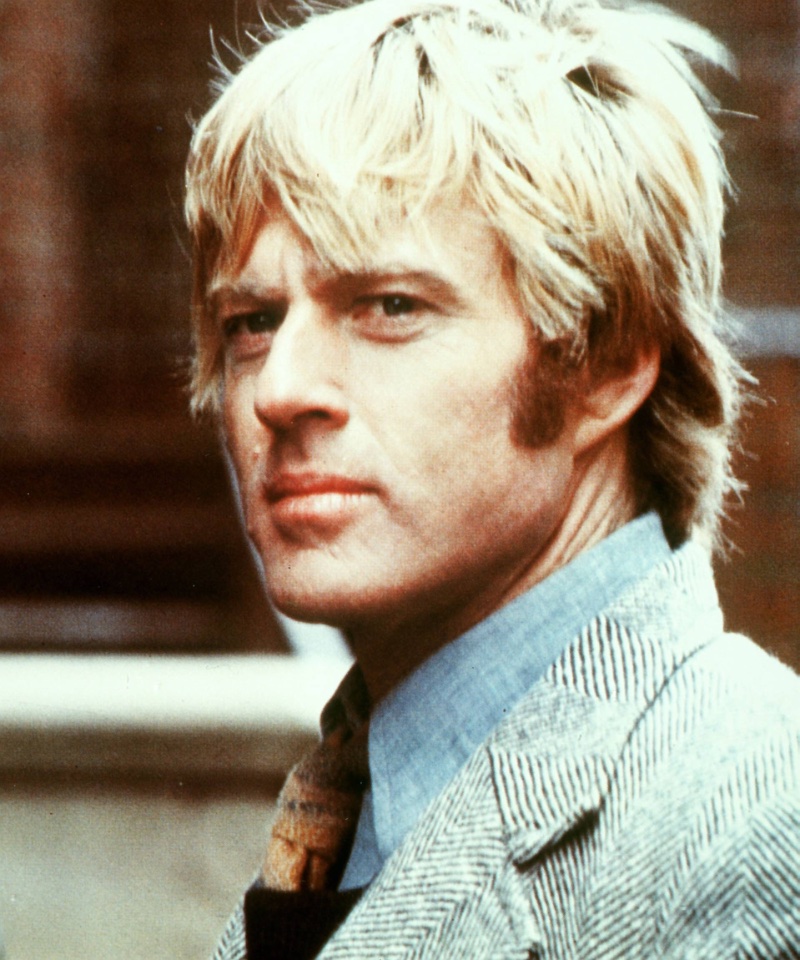
During the 1970s, feathered hair emerged as a defining trend among men, capturing the decade’s free spirit. The hairstyle featured layered hair brushed back and away from the face, creating a “feathered” effect. Robert Redford, the acclaimed actor, and John Travolta, known for his iconic roles during that time, were some of the most recognizable figures to sport this style.
Their feathered hair became synonymous with a casual yet sophisticated look that many men sought to emulate. Redford’s effortless charm and Travolta’s magnetic appeal helped to solidify the feathered hairstyle’s place in the 1970s fashion landscape.
Curly Hair: A Signature Style of the 1970s
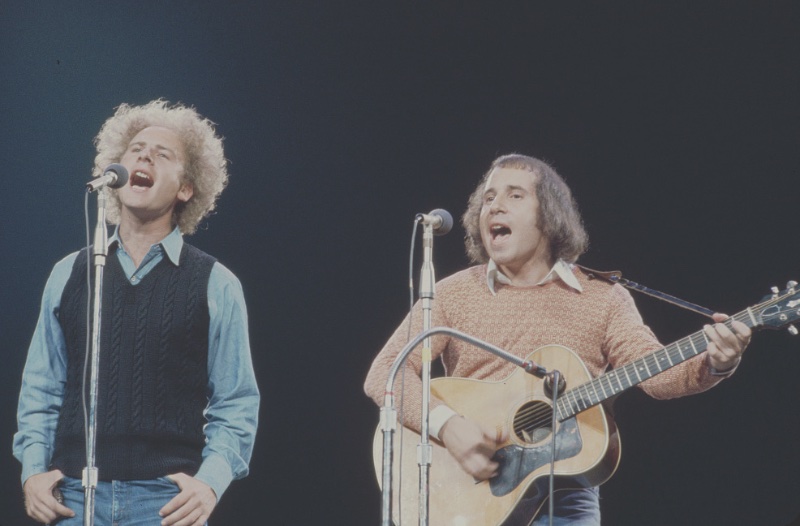
In the 1970s, curly hair became a defining characteristic for many men in the public eye, reflecting a broader trend towards natural and unstructured hairstyles. Art Garfunkel of Simon & Garfunkel fame, with his distinctive curly mane, was a recognizable figure of this era, representing a generation’s embrace of individuality and artistic expression. His signature curls symbolized the free-spirited attitude of the times and contributed to his unique stage presence.
Bob Dylan and Gene Wilder were also famous for their curly locks, each wearing them in a way that complemented their respective personas. Dylan’s tousled curls became synonymous with his folk-rock image, symbolizing rebellion and authenticity.
Conversely, Wilder used his wild and unruly hair to create memorable characters in films like Willy Wonka & the Chocolate Factory. These three men’s approach to their curly hair captured the essence of the 1970s: a decade marked by innovation, self-expression, and a departure from conventional grooming standards.
Men’s Facial Hair in the 1970s
During the vibrant and transformative decade of the 1970s, men’s facial hair took on new significance, becoming not just a stylistic choice but a powerful expression of personality, cultural shifts, and individual creativity.
The Mustache: Symbol of Sophistication
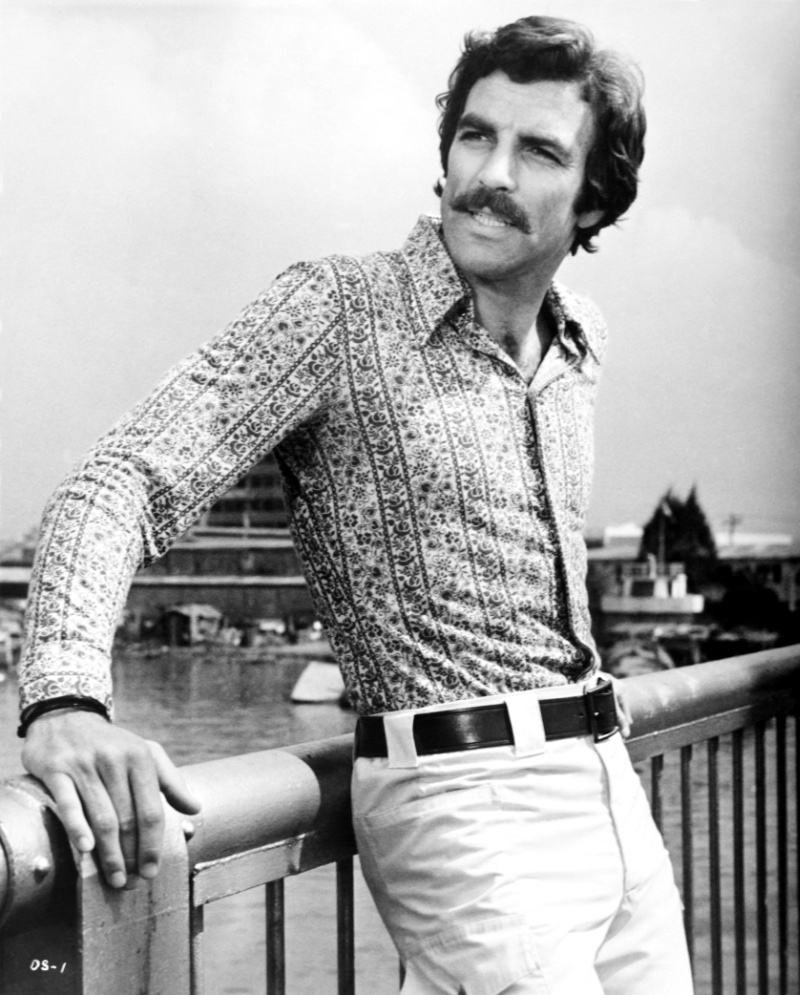
During the 1970s, the mustache became a powerful symbol of masculinity and style. Celebrities like Tom Selleck and Burt Reynolds sported iconic mustaches that became defining features of their images.
Selleck’s thick mustache later took on a life of its own as it was synonymous with his character on the 80s hit series Magnum, P.I. In contrast, Reynolds’ mustache contributed to his charismatic persona in films like Smokey and the Bandit.
The Beard: A Mark of Rebellion
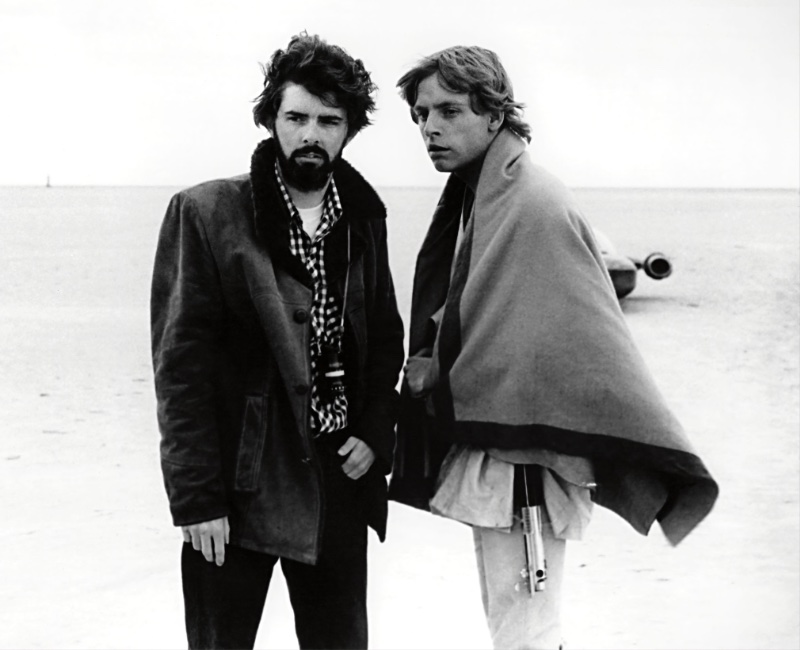
Beards also found popularity during this era, especially among musicians and artists seeking to break from conventional grooming norms. The full beard was embraced by figures like George Lucas, reflecting a more rugged and individualistic style. Lucas’ beard became part of his signature look as a visionary filmmaker.
Sideburns: A Nod to Rock-and-Roll
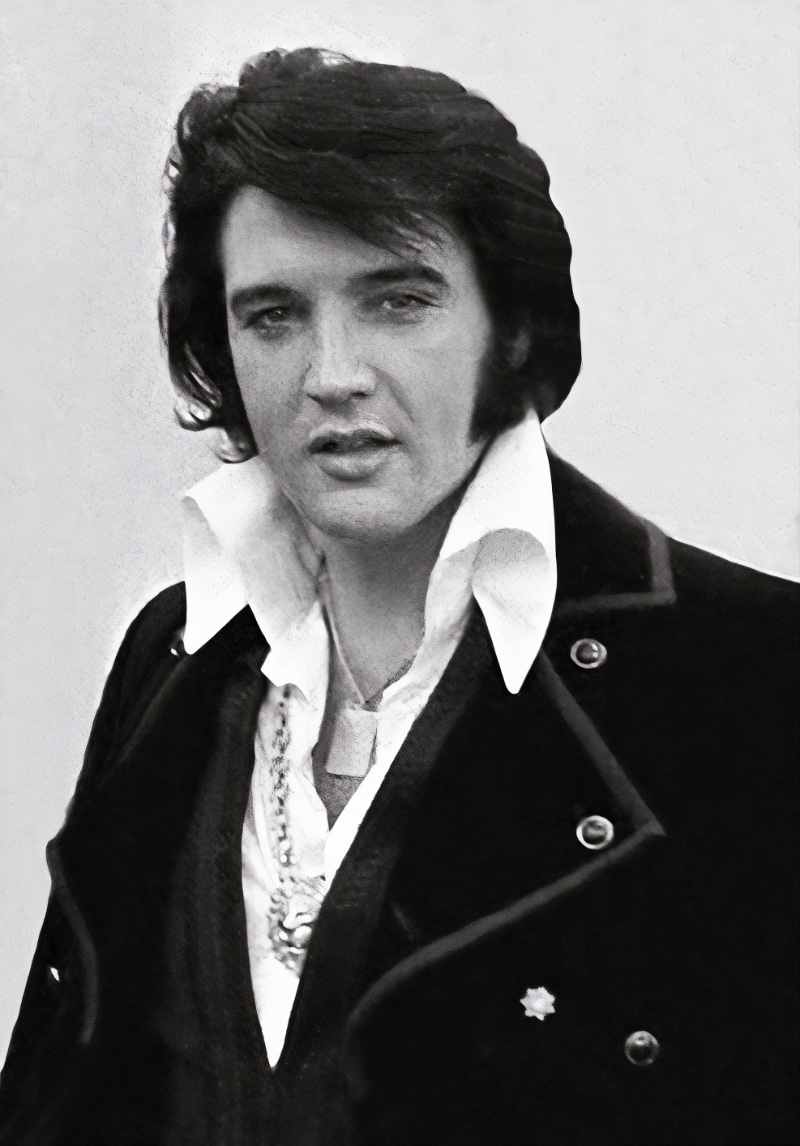
Sideburns became another prominent facial hair trend during the ’70s, often associated with rock-and-roll culture. Elvis Presley, known for his distinctive sideburns, set a precedent for this style, which other musicians and actors later adopted. Presley’s sideburns were more than a fashion choice; they were a statement of his musical innovation and influence.
Goatees & Mixed Styles: Experimentation & Individuality
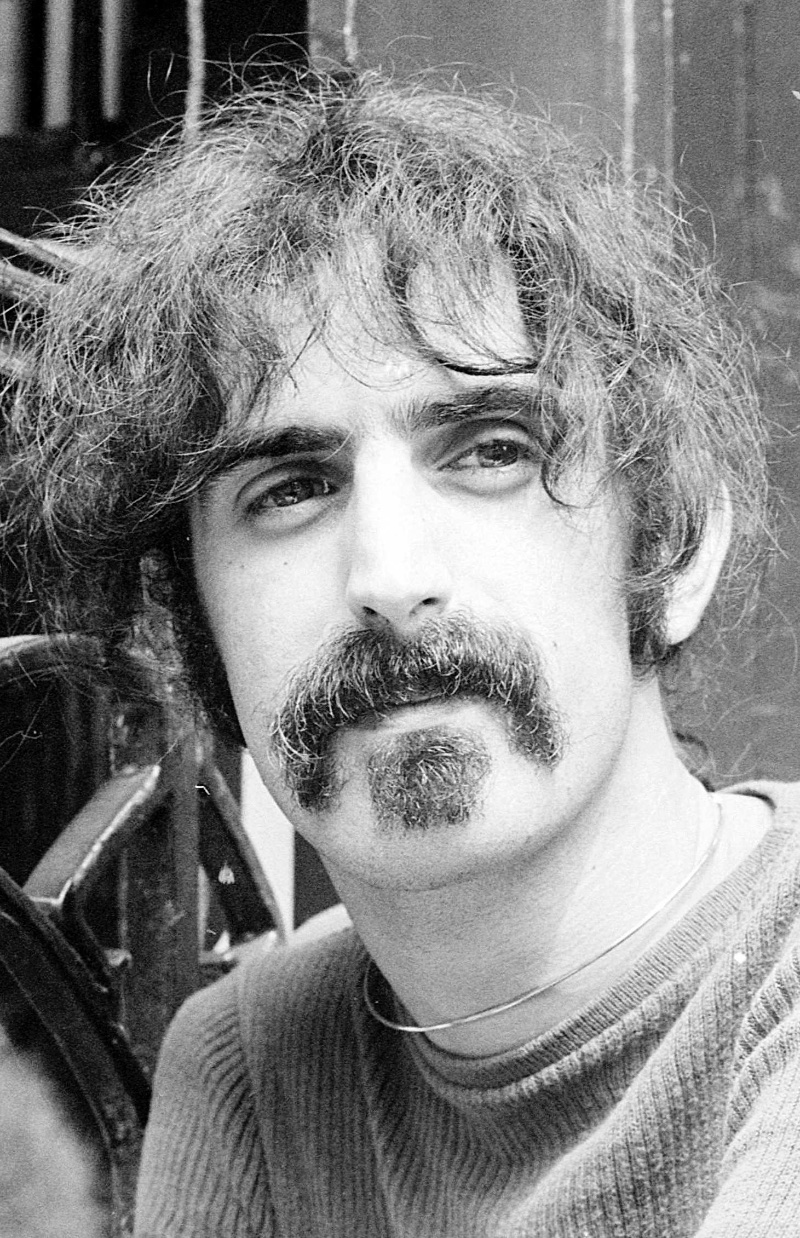
The 1970s also saw the rise of goatees and mixed facial hair styles, representing the era’s emphasis on personal expression and creativity. Frank Zappa’s unique combination of a mustache and soul patch became iconic, while Marvin Gaye’s neatly trimmed goatee reflected the era’s move towards more sophisticated grooming.
Facial hair in the 1970s was not just about fashion; it reflected societal shifts, personal identities, and cultural movements. The diversity and boldness of the era’s facial hair trends resonated with a generation eager to express themselves and challenge traditional norms. Whether through mustaches, beards, sideburns, or mixed styles, the men of the 1970s utilized facial hair as a powerful means of self-expression and identity.
Haircare & Styling Products of the 70s
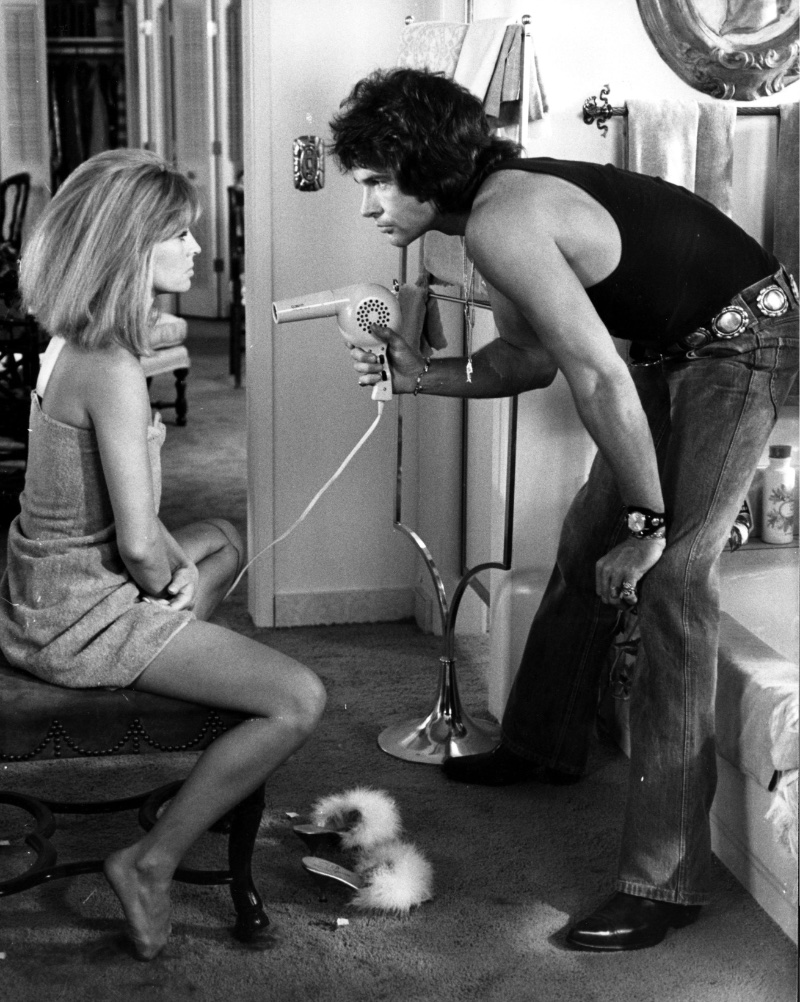
The 70s saw the introduction of several new haircare tools and products for men, reflecting the decade’s innovative spirit in grooming. Hairdryers became a standard grooming tool, allowing men to style their hair in intricate and stylish ways.
Several haircare brands launched products specifically targeted toward men during this decade, including Gillette with The Dry Look hairspray, Prell Concentrate shampoo, Duke’s natural hair sheen, and Pantene’s range of haircare solutions. These products, encompassing hairsprays, gels, shampoos, and more, were marketed as essential tools for achieving the perfect 70s hairstyle.
While the style was important, maintaining the hair’s health was also a priority. Men learned to balance their desire for stylish hair with the need to keep it healthy and well-cared for. This balance involved a routine of regular washing, conditioning, and using quality hair products that were reflective of the time’s focus on appearance and substance.
70s Hairstyles in Today’s Fashion Landscape
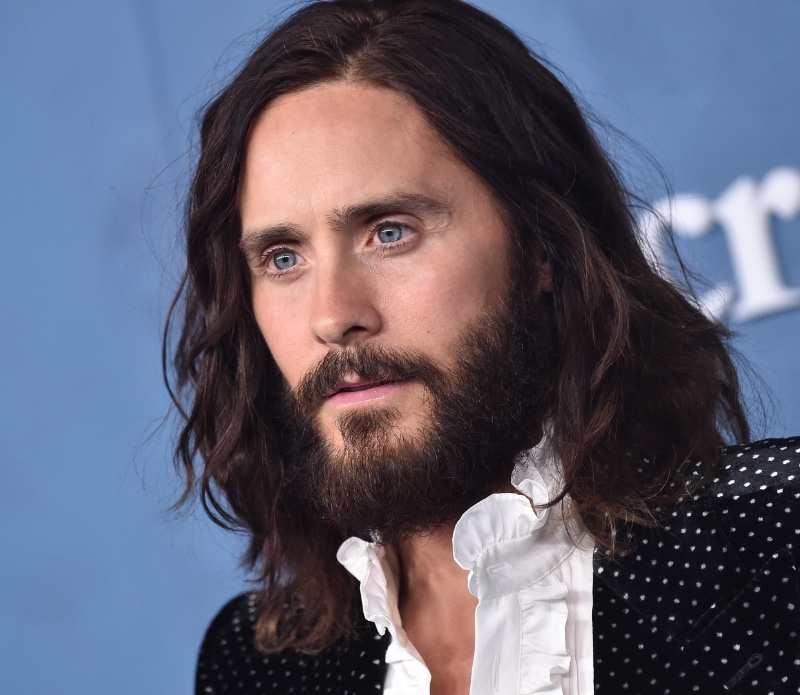
Today, we’re seeing a revival of vintage styles, with 70s men’s haircuts making a comeback. From the shag to the afro, these old-school styles are being reimagined for the modern man, proving that good style never goes out of fashion.
For those looking to achieve a 70s look with a modern twist, there are several DIY tips to remember. First, don’t be afraid to experiment with length. Long hair was a defining feature of the 70s, so consider growing out your locks. Second, embrace texture.
Whether it’s the natural curl of an Afro or the layered waves of a shag, texture adds a lot of character to a hairstyle. Finally, don’t forget about styling products. They can help you achieve that perfect 70s look, whether glossy shine or a voluminous, feathered style.
Final Words on 1970s Hairstyles for Men
The 70s were a defining decade for men’s hairstyles, with styles ranging from the shag to the afro, leaving a lasting legacy on men’s grooming culture. These styles were not just about fashion; they were a form of self-expression, a protest against societal norms, and a celebration of individuality.
Fashion is cyclical, with styles from the past often re-emerging in the present. The resurgence of 70s men’s haircuts is a testament to this, demonstrating the timeless appeal of these styles. As we look towards the future, it’s clear that the bold, free-spirited nature of 70s hair for men will continue to inspire and influence trends for years to come.
